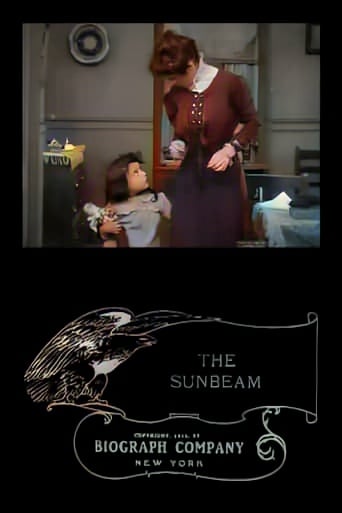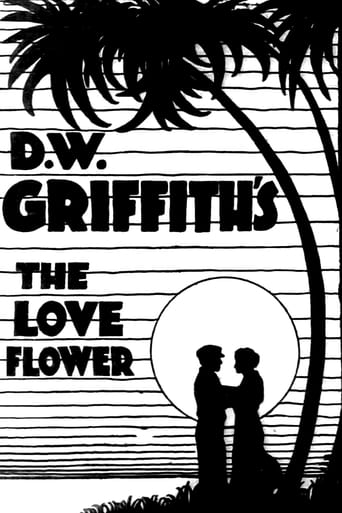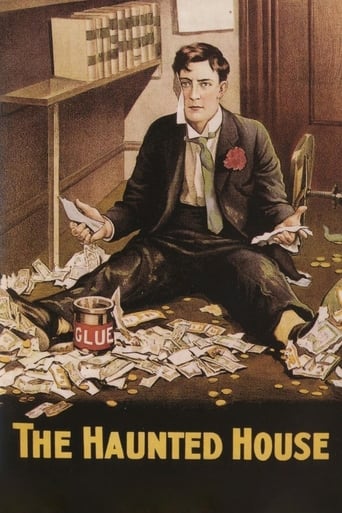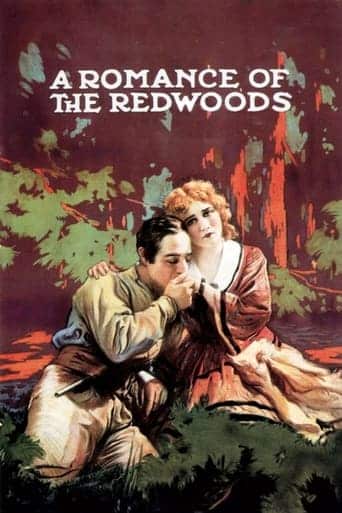A Strange Meeting (1909)

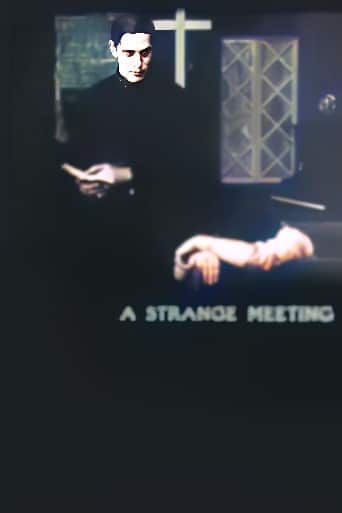 “A Strange Meeting” (1909), directed by D.W. Griffith and starring Arthur V. Johnson, Mack Sennett, Billy Quirk, and Frank Powell, is a significant piece of early cinematic history that reflects the pioneering era of silent film.
“A Strange Meeting” (1909), directed by D.W. Griffith and starring Arthur V. Johnson, Mack Sennett, Billy Quirk, and Frank Powell, is a significant piece of early cinematic history that reflects the pioneering era of silent film.
In this short film, Griffith explores themes of redemption and repentance against the backdrop of a compelling narrative.
At the heart of the film is Mary, a character played by an uncredited actress, who is coerced into participating in a burglary of a minister’s apartment. The storyline takes an unexpected turn as Mary experiences a change of heart, leading her to repent and seek redemption by assisting the minister in his mission work.
The narrative unfolds with a simplicity characteristic of early silent films. Griffith, a trailblazer in the silent era, employs straightforward storytelling techniques that rely on visual cues and actions to convey the plot. The film’s brevity, a little over 10 minutes, is typical of the concise storytelling common in early cinema.
Arthur V. Johnson, a prolific actor of the silent era, takes on the role of the minister. His performance adds a moral anchor to the story, embodying the virtues of forgiveness and compassion. Johnson’s ability to convey emotion without dialogue is crucial in capturing the essence of the narrative.
Mack Sennett, Billy Quirk, and Frank Powell contribute to the film’s dynamics as characters involved in the initial burglary plot. Their portrayals establish the conflict at the heart of the narrative, as Mary becomes entangled in a web of criminality. The contrast between their characters and the minister highlights the moral dichotomy central to the film’s themes.
The film opens with a crime in progress, introducing the audience to Mary’s coerced involvement in the burglary. Griffith’s use of visual storytelling effectively conveys Mary’s vulnerability and reluctance in the criminal act. As Mary grapples with her conscience, the audience is drawn into her internal struggle.
The turning point in the narrative occurs as Mary experiences a change of heart. The catalyst for her transformation is not explicitly shown, allowing the audience to infer her internal conflict and decision to seek redemption. The subtlety in storytelling is a hallmark of Griffith’s directorial style, encouraging audience engagement and interpretation.
Mary’s journey towards redemption leads her to the minister’s storefront mission. The film portrays the mission as a symbol of hope and a haven for those seeking a second chance. The minister’s compassion and willingness to embrace Mary despite her past highlight the film’s themes of forgiveness and the possibility of redemption.
The film’s thematic exploration of repentance and redemption aligns with the moral and religious undertones prevalent in many early silent films. As cinema evolved, filmmakers like Griffith continued to explore nuanced narratives that delved into human morality and the consequences of one’s actions.
“A Strange Meeting” also offers a glimpse into the socio-economic conditions of the time. The burglary plot reflects the desperation faced by characters who may resort to criminality as a means of survival. The contrast between the criminal world and the mission emphasizes the socio-economic disparities of the era.
Griffith’s direction is notable for its focus on character emotions and moral dilemmas. The film’s pacing allows for the gradual development of Mary’s internal struggle, culminating in her decision to seek redemption. The use of close-ups and expressive acting techniques, considering the limitations of the silent medium, enhances the emotional impact of the narrative.
The film’s conclusion is poignant, emphasizing Mary’s repentance and the minister’s capacity for forgiveness. The resolution aligns with the moral sensibilities of the time, offering a message of hope and the potential for transformation. The film’s positive outcome reinforces the idea that redemption is achievable through sincere repentance and a commitment to change.
In the context of its release in 1909, “A Strange Meeting” contributes to the evolving language of cinema. Griffith’s exploration of moral themes and character dynamics laid the groundwork for the narrative complexities that would emerge in later silent films. The film reflects the era’s societal values while engaging with universal themes that continue to resonate.
In conclusion, “A Strange Meeting” (1909) stands as a classic example of early silent cinema, exploring themes of redemption and repentance within a concise narrative. D.W. Griffith’s direction and the performances of the cast contribute to the film’s emotional depth, despite the limitations of the silent medium. As a part of cinematic history, the film showcases the evolving storytelling techniques and moral exploration that would characterize Griffith’s influential career in the years to come.
Release Date: August 2nd, 1909
Main Cast Members
Arthur V. Johnson (Reverend John Stanton)
Mack Sennett (In Congregation)
Billy Quirk (A Drunk)
Frank Powell (A Thief)
Owen Moore (At Party)
Loading live eBay listings...

